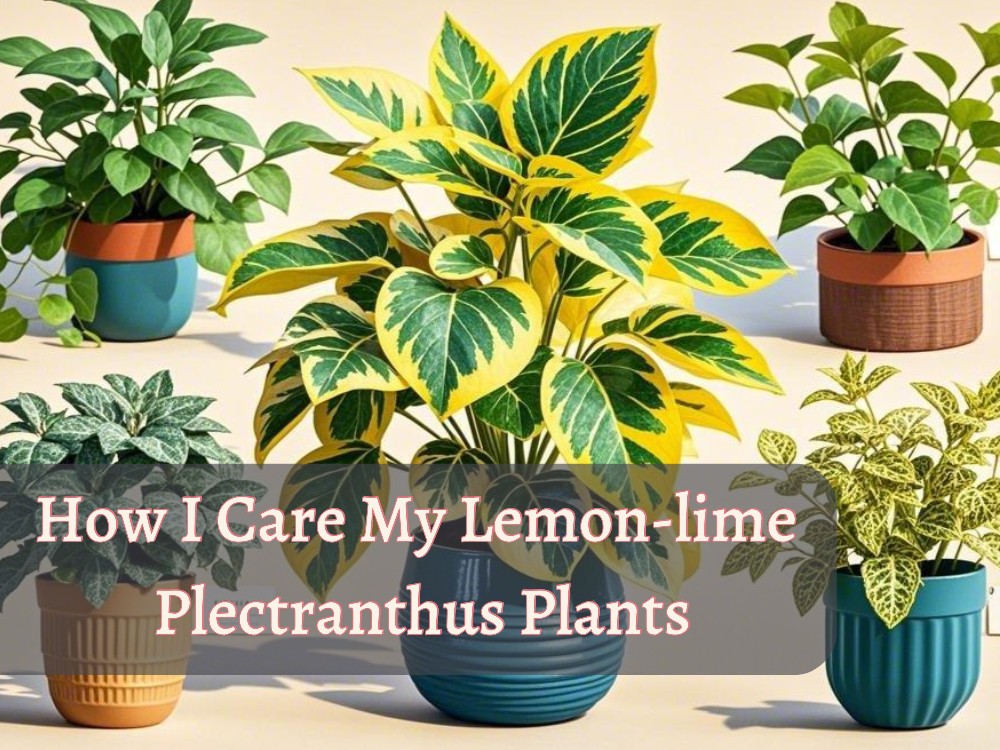Lettuce seeds are tiny, like, super tiny. The first time I tried sowing them directly into the soil, I seriously thought, “How deep do these even go?“
No matter how careful I was, some blew away, and some clumped together, and honestly, it was kind of frustrating.
But after a few messy tries, I figured out a simple 5-step combo that works: no fancy tools or complicated tricks. These are just straight-up, easy steps that even beginners can pull off.
I hope these five steps simple steps will be enough if you just want to start as a beginner! Stop! Before sowing lettuce seeds, learn when to be prepared for lettuce growth.
How to Sow Lettuce Seeds Indoor and outdoors?
If you’re going indoor with lettuce:
You’ll need a simple setup, like;
- A shallow tray (lettuce roots don’t go deep)
- A soft seed-starting mix
- Either sunny windowsills or low-heat grow lights.
Lettuce loves cool temps, so no need to overheat the space. Just keep it moist, not soggy; those tiny seeds can rot fast.
Going outdoors with lettuce?
Then, timing is everything. Lettuce prefers cool mornings, some shade in the afternoon, and loose, crumbly soil.
If the spot gets too hot or windy, those little seeds might dry out before they even sprout. But here’s the deal:
The 5-step sowing method we’re about to follow works for both setups: indoor or outdoor.
Still, if you’re going fully indoor or outdoor, you might wanna dig deeper into what works best for your space, and don’t worry, we’re working on guides for that too.
Five Hassle-Free Steps To Sow Lettuce Seeds
You will find tons of tools out there for sowing lettuce: trays, shakers, spacers, you name it. And while they all have their place, you honestly don’t need any of that to get started.
I like to keep things simple: a basic container (1F deep and wide is recommended), a mix of potting soil and compost, and good old fingers for sprinkling seeds that have been working fine for centuries.
Alright, here’s exactly how I sow my lettuce: step by step!
Step 1: Choose Right Lettuce Variety
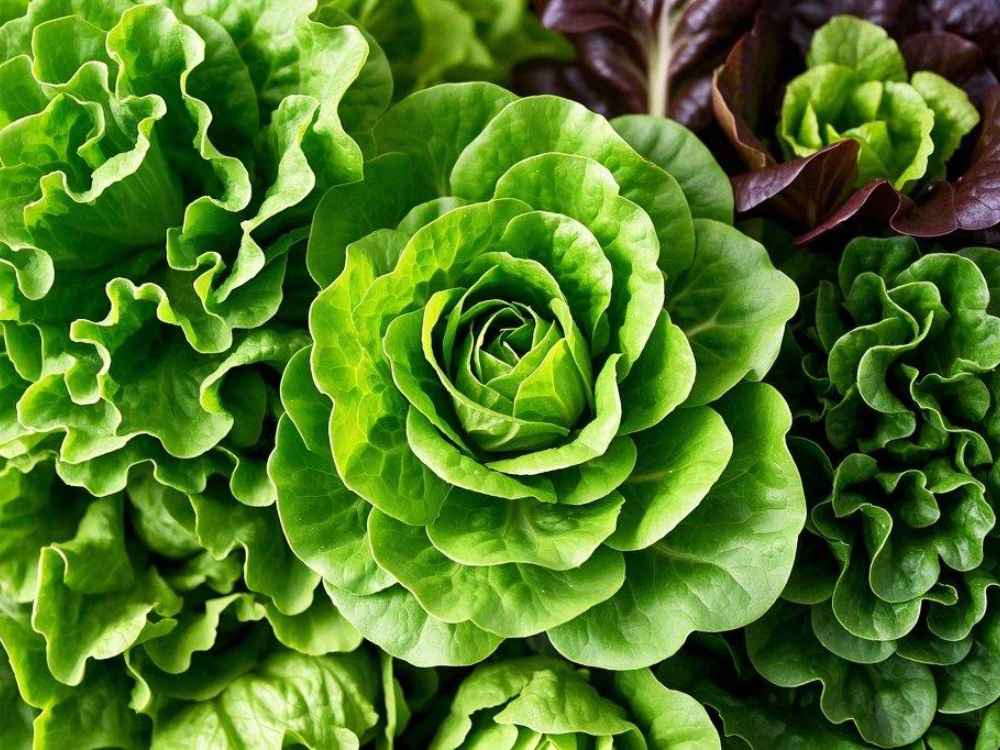
Okay, technically, it is not a sowing step, but it is where every smart lettuce grower begins. If you are a beginner, start with loose-leaf varieties like Buttercrunch, Red Sails, or Black Seeded Simpson.
These are super easy to grow, forgiving if you mess up a little, and they don’t take forever to mature, because lettuce is an annual plant. Lettuce grows happily in a cool season of about 40 days with a consistent temperature of 75 Farnhieght.
Of course, I have learned the classic varieties love chill temps. But for summer, I mostly use heat-tolerant types, and in light snow, frost-hardy ones worked fine too. That’s how I keep a fresh crunch going: season after season.
Step 2: Prepare The Soil (Potting Soil+Compost)
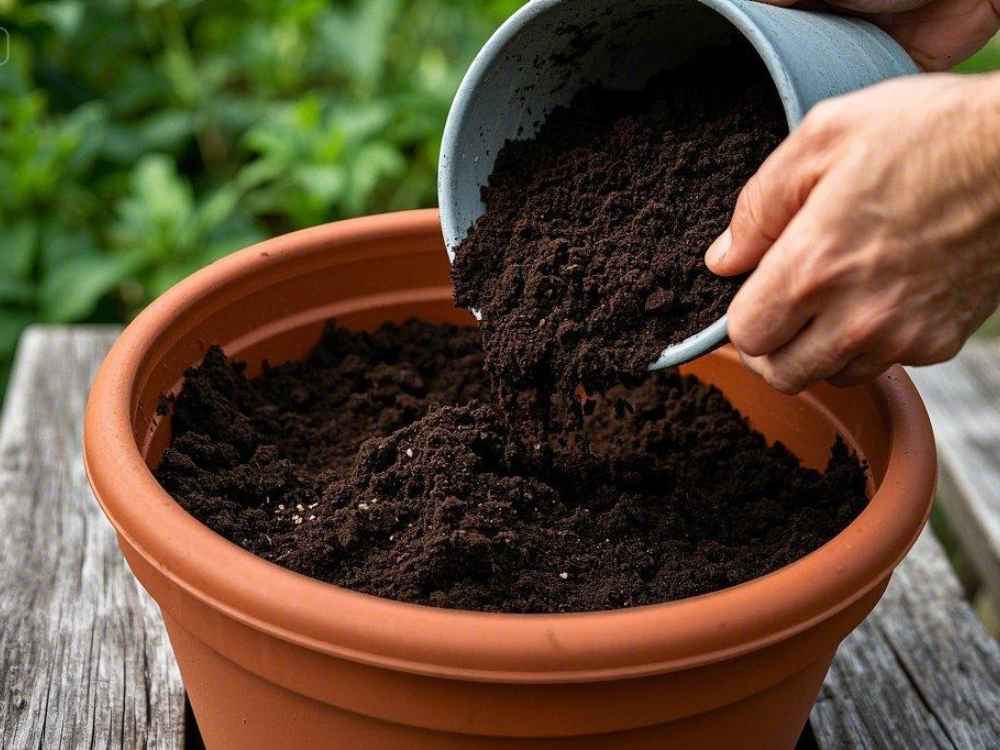
Lettuce roots are kind of sensitive. I’ve found that heavy, soggy soil slows them down or worse, rots them. That’s why I always go with something light and quick to drain.
Soil Type
A simple mix of potting soil and compost does the trick for me. If I’m starting seeds indoors, I switch to a seed-starting mix because it’s softer and gentler for sprouts.
pH
Additionally, lettuce likes it slightly on the neutral side. One way, I usually guess? If the soil smells clean and earthy after watering, and the surface doesn’t crust over, it’s likely just right. If not, it might need a little tuning.
Filling in Container
When I fill up containers (1ft wide and deep), I never pack the soil down hard. I let it sit loose and light. Especially the top 2 inches, I always keep that layer soft. That’s where the lettuce seeds settle in, and they need an easy lift to push up and sprout.
Step 3: Make Shallow Holes (How deep to sow lettuce seeds)
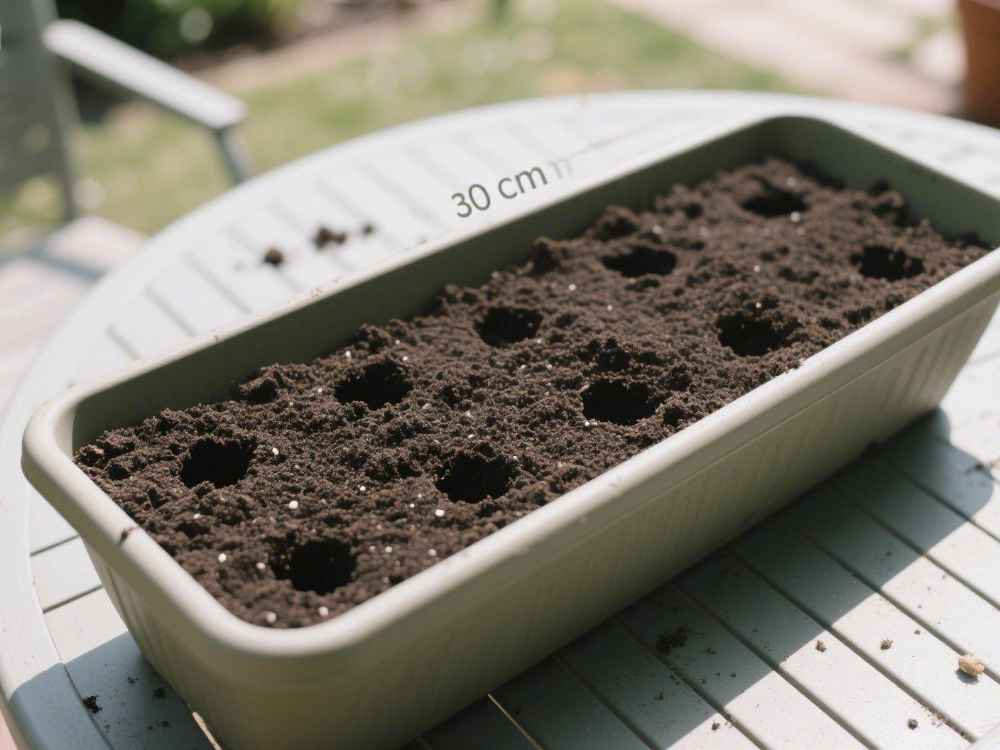
- Now that the soil is ready, it’’ time to give your lettuce seeds a proper home.
- I usually use the tip of a pencil or even my finger to poke small dents.
- Lettuce seeds don’t like being buried deep. So, just 1/4 inch deep works best.
Think: just enough to tuck them in, not hide them.
Spacing
- As for spacing, I’ve tried a few styles depending on what I want from the plant.
- If I’m just growing for baby leaves, I keep them 3 to 4 inches apart. For fuller leaf harvests, 5 to 6 inches gives them room to spread.
- But if I’m aiming for full heads, I space them out a bit more, 6 to 9 inches, minimum.
Once they’re in, I gently press the surface, not too firm, just enough to make sure the seeds don’t float off when I water
Step 4: Sprinkle Seeds & Cover Lightly
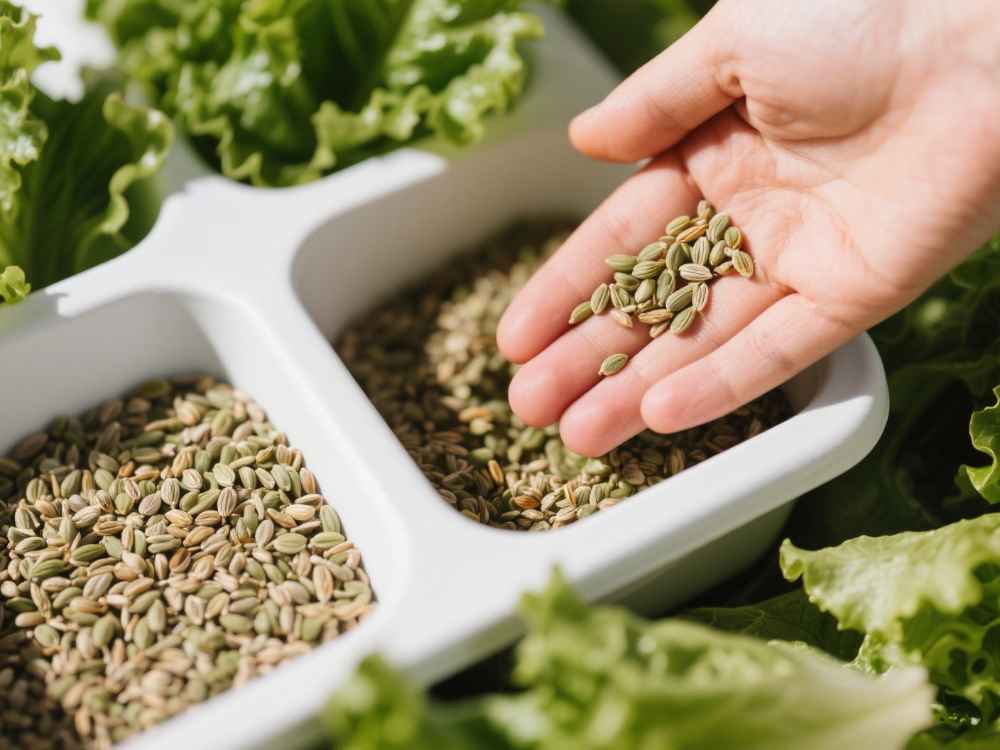
Before sowing lettuce seeds, Keep Moist Soil.
Before sprinkling your lettuce seeds, just do one tiny prep, and give your soil a light mist with a spray bottle. Nothing heavy, just enough to take away that dry, dusty feel.
You want it soft and a bit moist, not soggy. Trust me, moist soil helps those seeds settle right in and stay put instead of bouncing off like popcorn.
Sow Seeds, Just Sprinkle
Now comes the fun part, getting those little seeds in! Lettuce seeds are tiny, like seriously tiny. I have never bothered dropping them one by one because, well, who is got time for that?
What I usually do is pinch a small amount between my fingers and gently sprinkle them into the holes I made earlier. It’s totally fine if two or three lands in the same spot.
Thinning
Actually, I kinda expect that. Later on, once they sprout, I just thin them out by snipping the weaker ones and letting the strongest stay.
Covering
After sprinkling, I cover them with just a whisper of soil. Not too much, just enough so they’re not exposed. Lettuce seeds need a bit of light to wake up and grow, so don’t bury them like treasure.
Step 5: Water Gently
After you sprinkle the seeds and gently cover them with a thin layer of soft soil, just give the surface a light spray using a water bottle. The goal is not to soak it completely, just moisten it enough so the soil feels fluffy, not dry or muddy.
Now comes the key part: where to place your container.
If you are sowing indoors in a seed tray:`
- Place it near a window where light comes in, but no direct sun hits it.
- Lettuce seeds enjoy a cozy temperature between 60 to 70°F (15 to 21°C). Also, they love a bit of humidity.
- You can loosely cover the tray with plastic wrap to keep the warmth and moisture in; just do not seal it too tight.
If sowing outdoors:
- Choose a spot that gets early morning light but stays a bit shaded later in the day.
- Lettuce seeds prefer cooler vibes when germinating, so do not place them where it gets too hot too soon.
Check out the detailed growing guide, from the Royal Horticultural Society including transplantation, fertilization, harvest process, and other care & maintenance!
Final Thoughts: What to Expect After Sowing Lettuce Seeds?
Once your lettuce seeds are tucked, all you need now is a little patience and some consistent care. Lettuce seeds usually take 5 to 7 days in ideal conditions with moist, well-draining soil and temperatures around 15 to 20C.
But don’t worry if it takes 10-15 days to see healthy seedlings pushing through. That can totally depend on the seed quality, your watering habits, and how cozy the temperature is around them.
Once germination kicks in, the real journey begins, and that’s where lettuce growth stages naturally take shape. Whether you are growing baby leaves for quick harvest or waiting for a full crisp head, each stage has its charm:
- The seedling stage shows up within the first two weeks. That’s when tiny greens pop up.
- Leaf development happens in the next 2–3 weeks. You can start harvesting baby leaves around this time, usually in just 25 to 30 days.
- If you’re going for a full head, you’ll need to wait around 45 to 60 days, depending on your variety.
Just remember: keep the soil lightly moist (not soggy!), make sure titget plenty of sunlight and always watch out for pests. Lettuce is generally easy-going, but slugs and aphids can sometimes sneak in, and the biggest troublemaker? Downy mildew, especially in humid spots.

